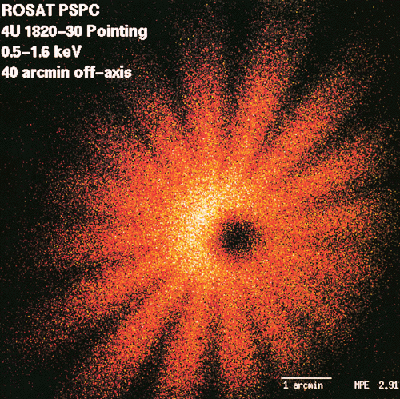A new theory has recently been released by scientists claiming that Homo naledi, an extinct hominin species, buried their dead in caves which were illuminated with fire and marked with engravings on the walls. The announcement was made following years of analyzing the surfaces and sediments of a cave system in South Africa where the remains of over 1,500 Homo naledi individuals were discovered in 2015. The revelation is particularly significant due to the species’ small brains, which were about one-third the size of modern humans. The discovery suggests that advanced thinking and making complex symbols do not rely on having a large brain.
The Homo naledi remains are believed to be over 240,000 years old, and by discovering bits of charcoal, burned bones of turtles and rabbits, and soot on the cave walls near the fossils, scientists have proposed that the species used glowing coals to light their way into the caves. They might have cooked the animals as a meal, or perhaps as a ritual. The findings, as well as other lines of evidence, have led Dr. Berger and his colleagues to now conclude that the remains had been buried. Until now, only humans were thought to bury their dead.
Despite these extraordinary conclusions, many experts on ancient engravings and burials argue that the evidence doesn’t yet support the theory about Homo naledi. The cave evidence found so far could have a range of other explanations, such as that the skeletons were merely left on the cave floor, and that the charcoal and engravings found in the cave might have been left by modern humans who entered long after Homo naledi became extinct. The studies on the remains are currently being peer-reviewed, and the results will soon be released publicly.














